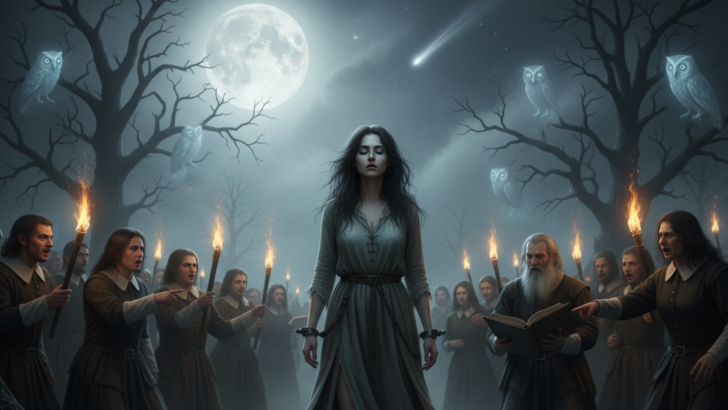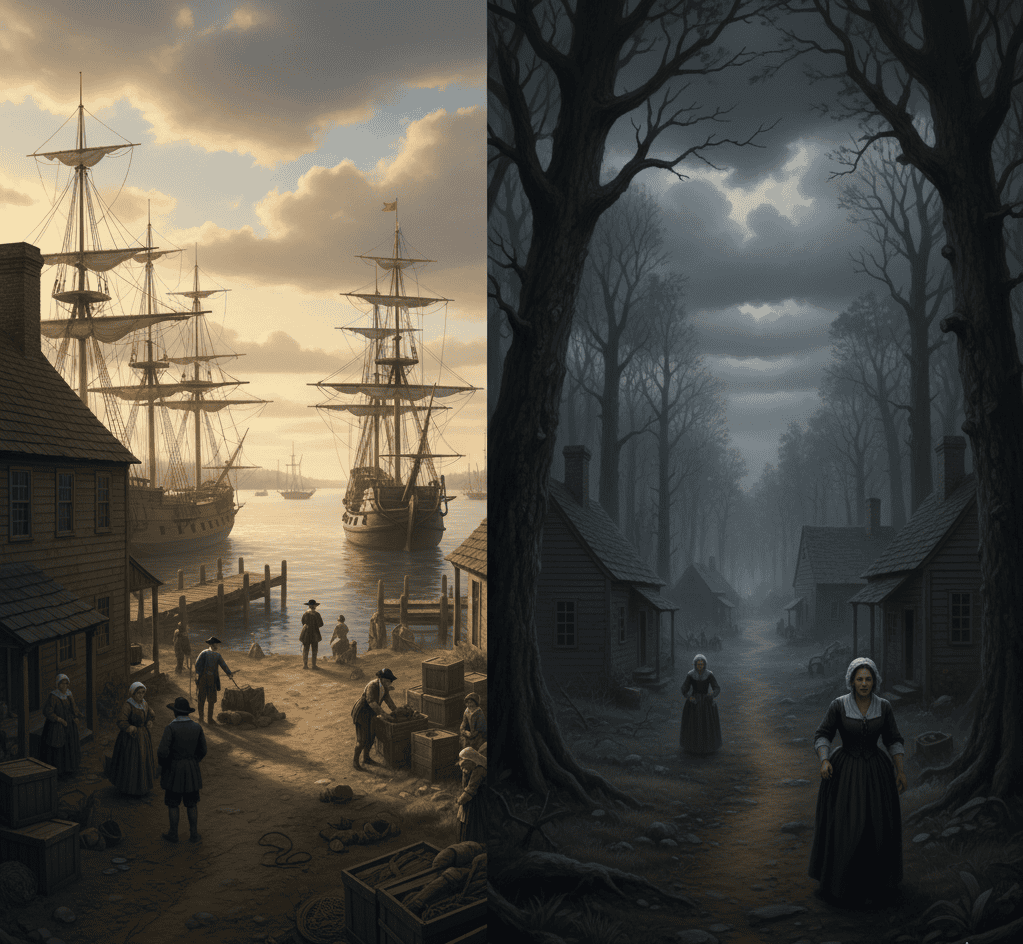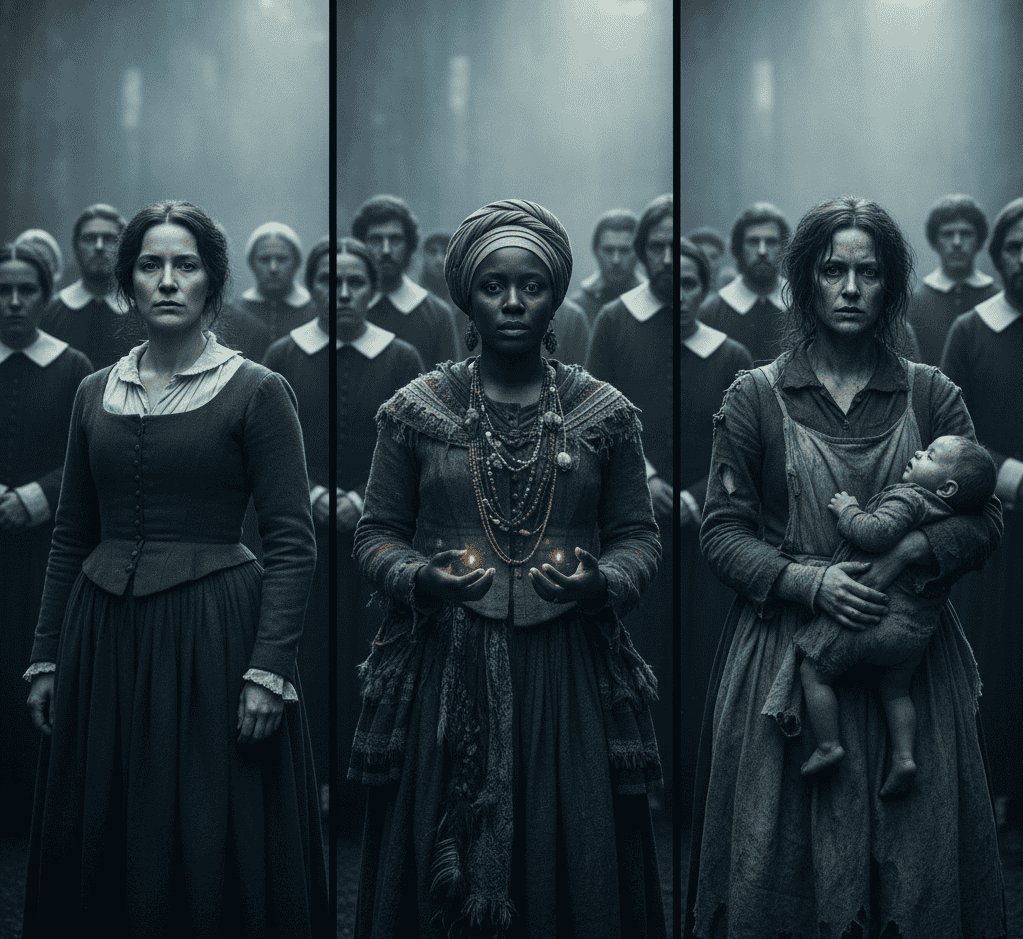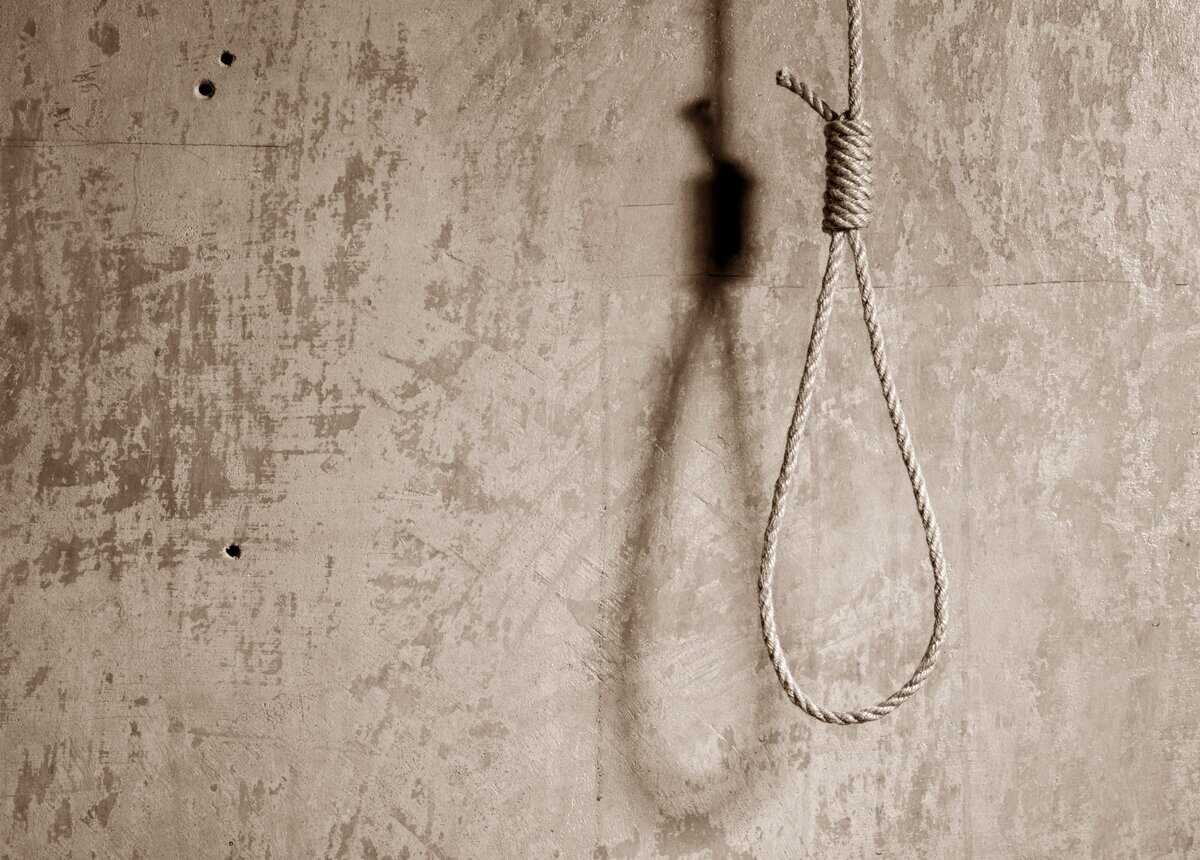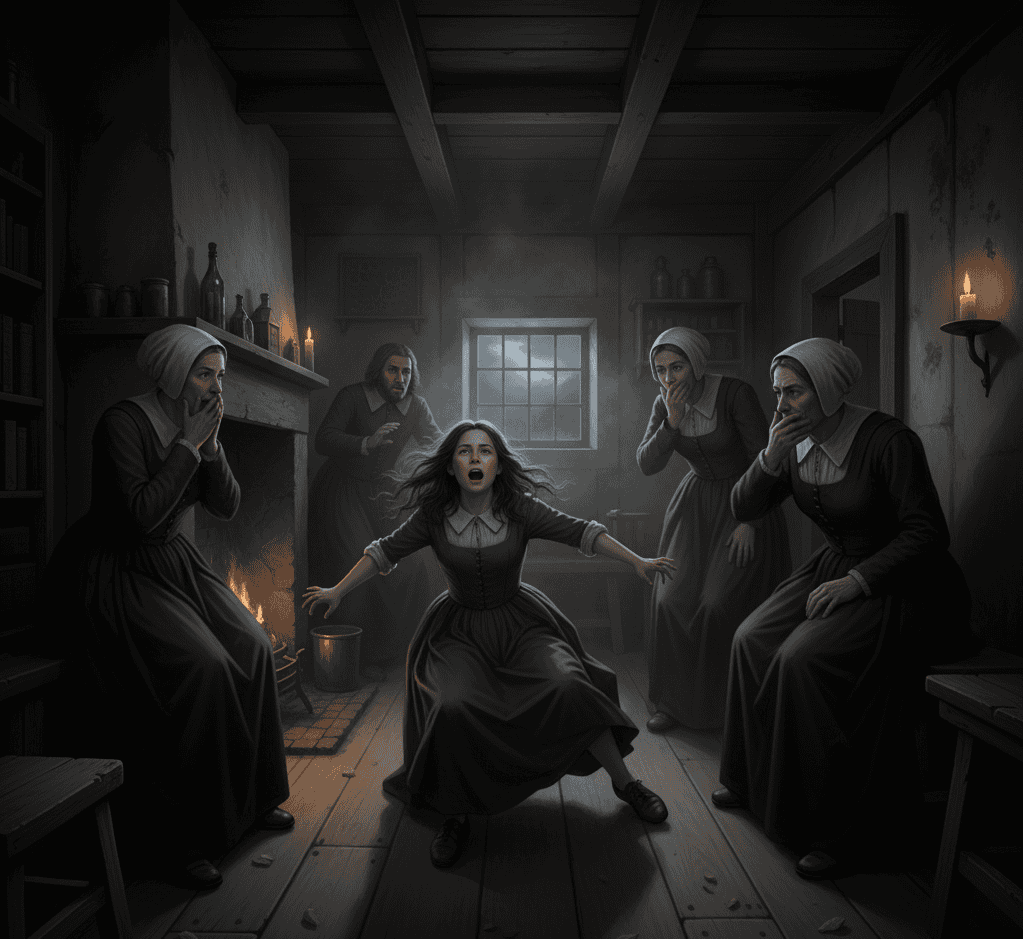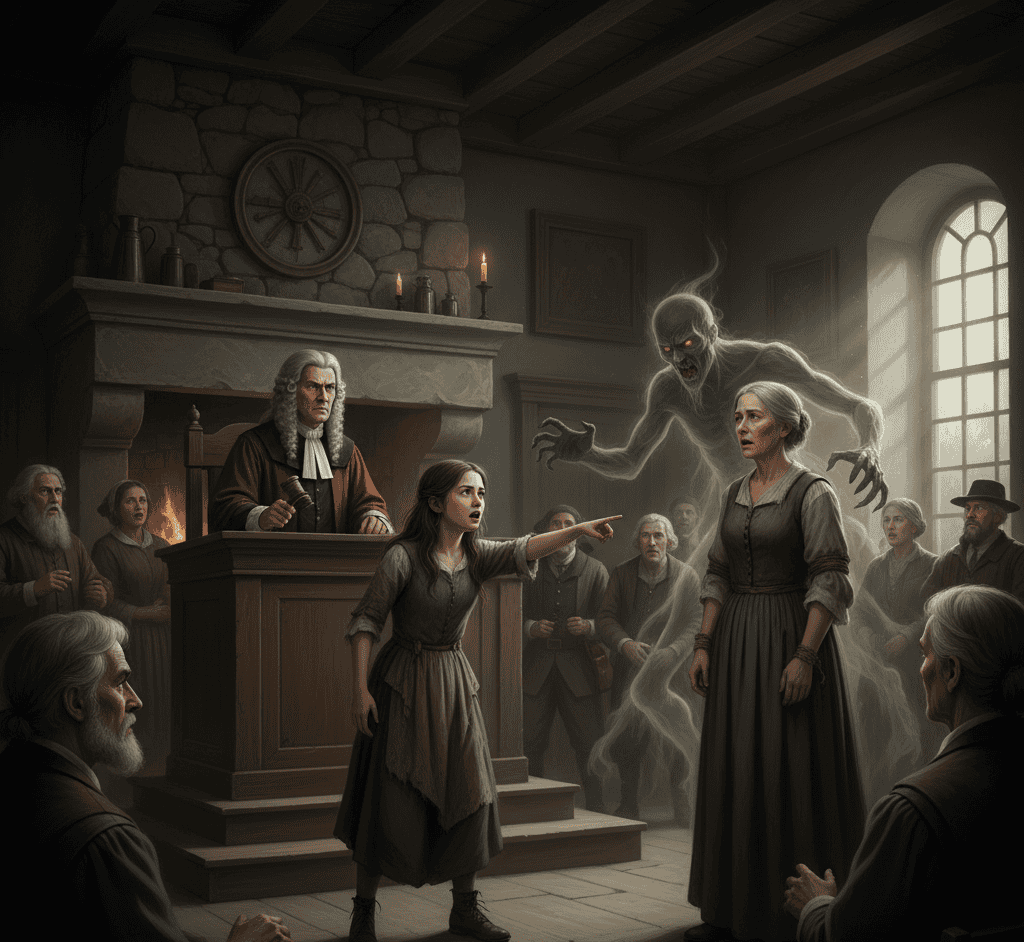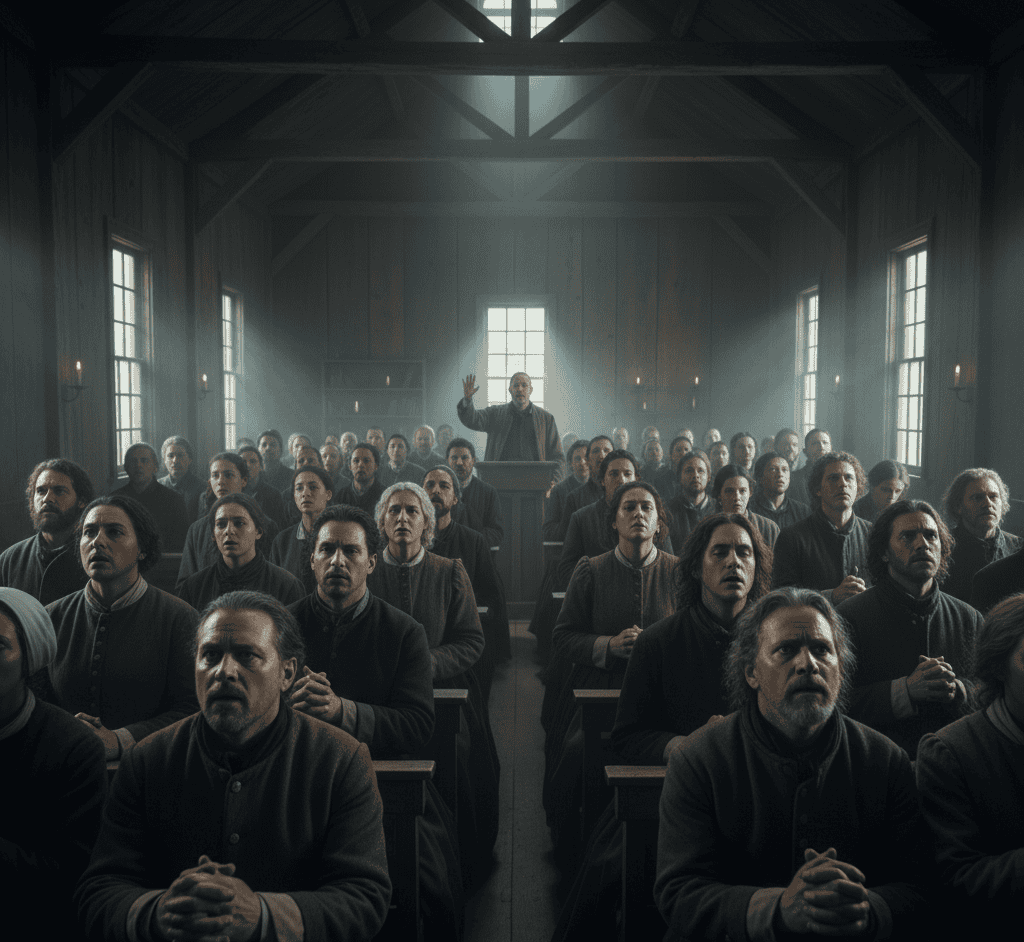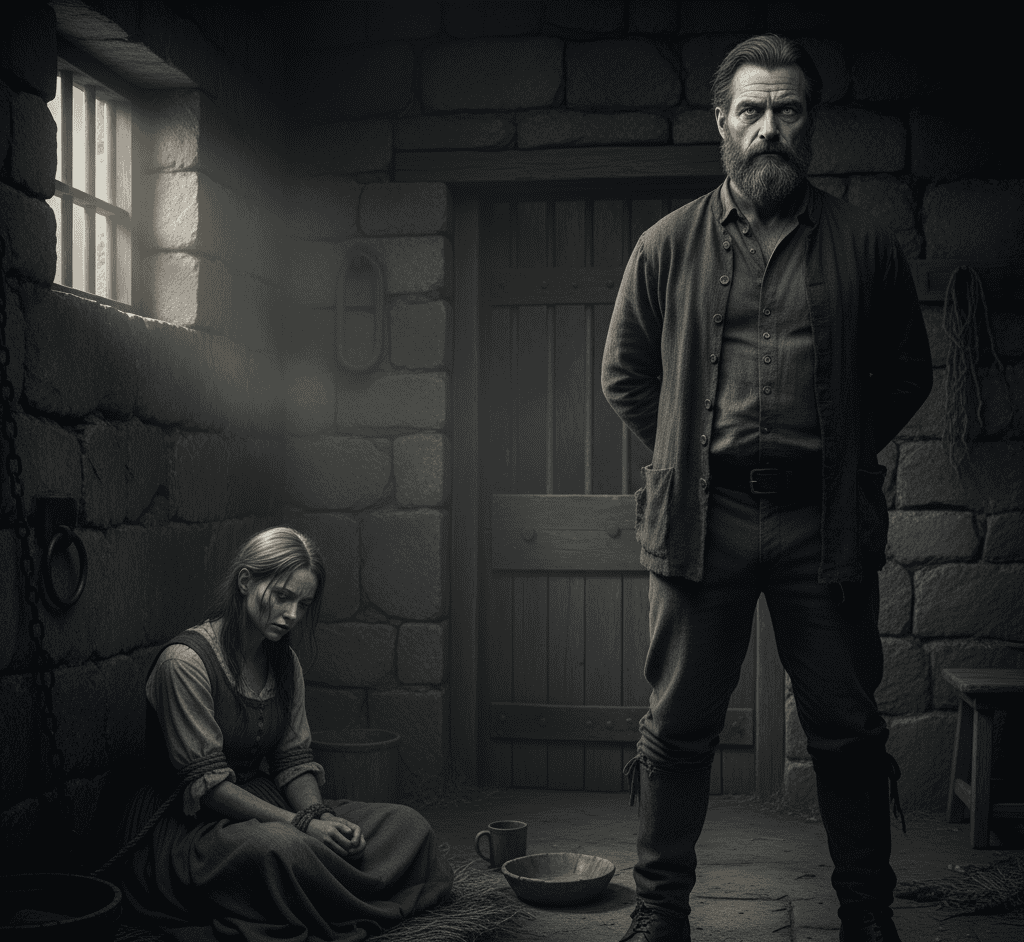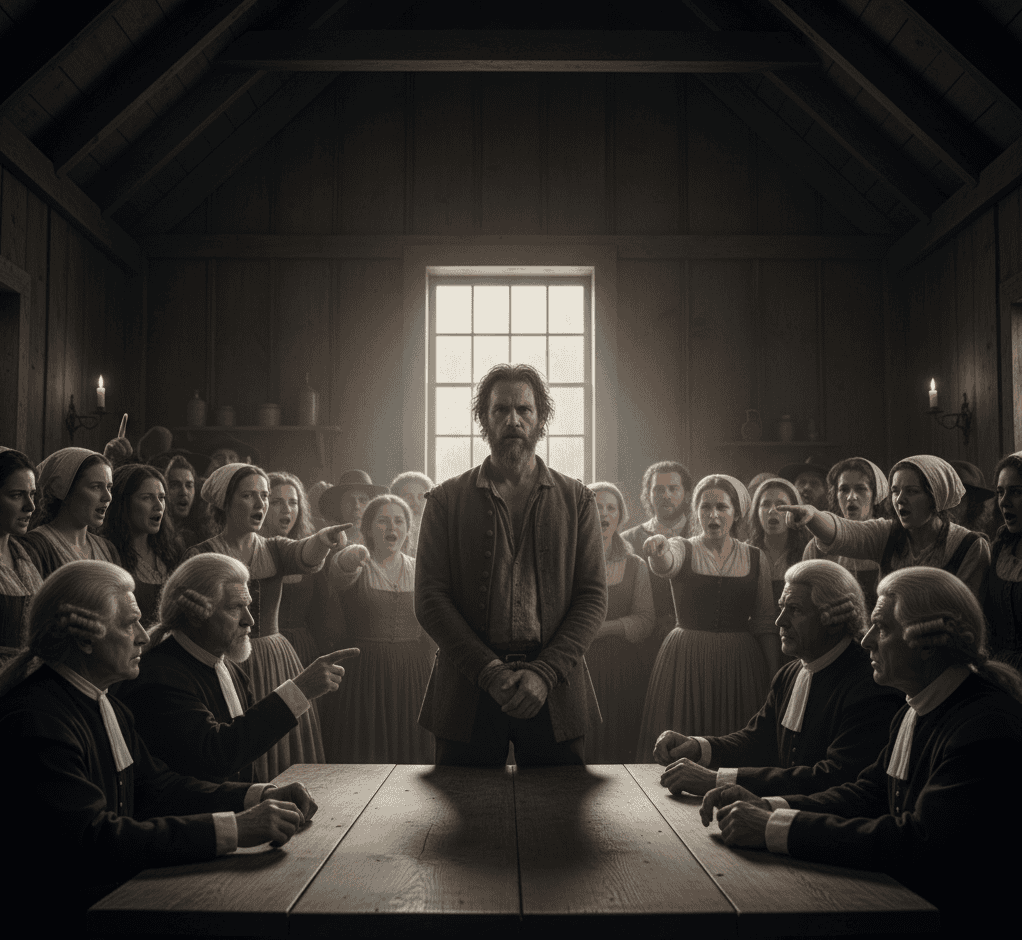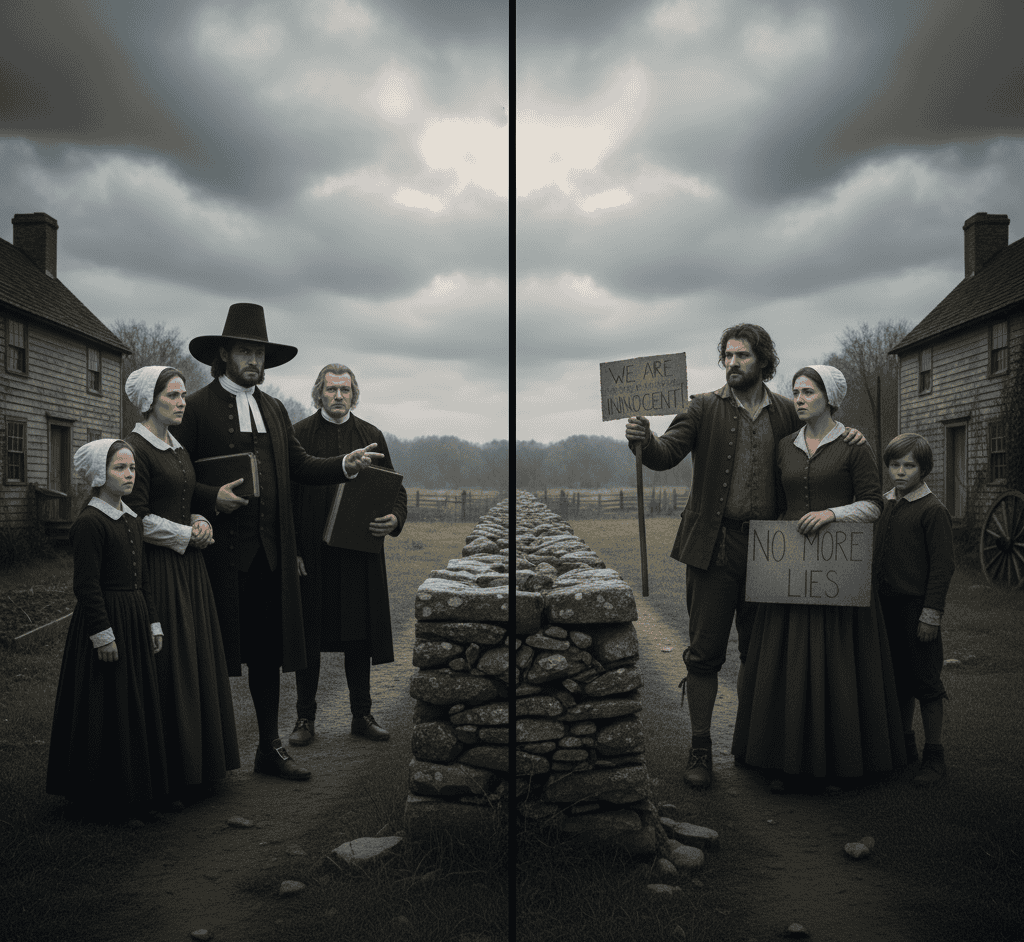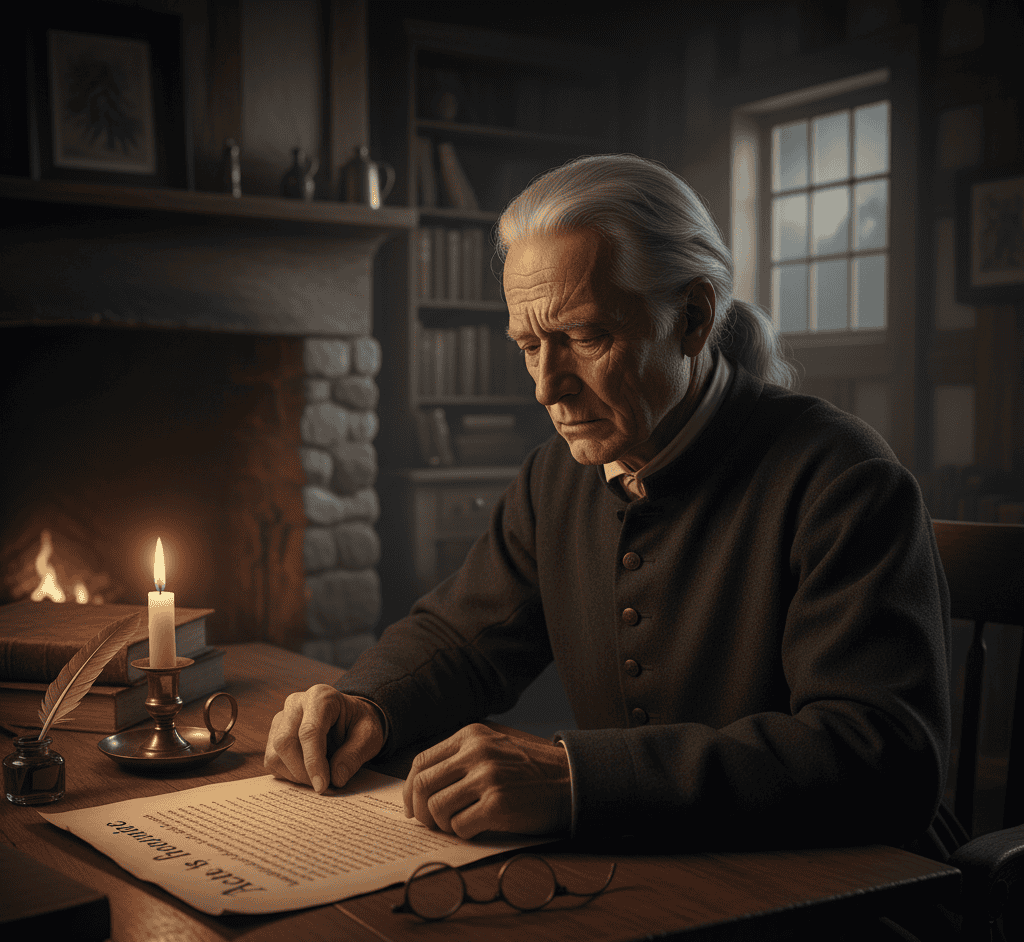The Salem Witch Trials remain one of the most haunting chapters in early American history.
What began as strange behavior among a few young girls in 1692 spiraled into mass hysteria, fear, and dozens of executions.
For centuries, the story has been retold through books, plays, and films, often mixing myth with fact.
Behind the legends of broomsticks and devilish pacts lies a complicated web of religion, politics, and human emotion.
To separate truth from fiction, here are ten myths and truths about the Salem Witch Trials that reveal what really happened in that small Massachusetts town.
1. The Trials Did Not Start in Salem Proper
Most people imagine the events taking place in the bustling port town of Salem, but the hysteria actually began in the nearby village of Salem Village, now known as Danvers.
The main trials were held in Salem Town, but the accusations, fits, and fear started among the close-knit Puritan families in the countryside.
Understanding this distinction matters because Salem Village was deeply divided over religion and local politics, creating the perfect conditions for suspicion to explode.
2. The First Accused Were Social Outsiders
The first three women accused of witchcraft were Tituba, an enslaved woman of Caribbean or possibly Indigenous origin, Sarah Good, a destitute beggar, and Sarah Osborne, a woman who defied Puritan norms by rarely attending church.
They were convenient targets because they stood outside the rigid social structure of the community.
Their arrests gave people an outlet for their fears and frustrations, while also reinforcing the moral authority of the accusers. These first accusations set the tone for the chaos that followed.
3. The “Witches” Were Not Burned at the Stake
Despite what popular stories and movies suggest, no one in Salem was burned. In England and parts of Europe, burning was a common punishment for witchcraft, but in colonial Massachusetts, the penalty was hanging.
Nineteen people were executed by hanging on Gallows Hill, and one man, Giles Corey, was pressed to death under heavy stones for refusing to enter a plea.
The image of witches burned at the stake belongs to European history, not New England’s.
4. The Accusers Believed They Were Possessed
It is easy to imagine the accusers as malicious liars, but many of the afflicted girls likely believed their own claims.
They experienced violent fits, convulsions, and trance-like states that terrified onlookers. Some historians suggest that they suffered from stress, trauma, or even ergot poisoning from contaminated rye bread.
Others argue that social pressure and religious fear made them genuinely believe they were under supernatural attack.
Whether real or imagined, their symptoms sparked a panic that swept through the entire region.
5. The Courts Relied on “Spectral Evidence”
One of the strangest aspects of the trials was the use of spectral evidence. Accusers claimed that the spirits or specters of witches appeared to them in visions, pinching or tormenting them.
The court accepted these invisible “proofs” as legitimate testimony, allowing imagination and hysteria to replace real evidence.
Eventually, public opinion turned against this method, leading to the trials’ collapse. But during the height of the panic, spectral evidence sent innocent people to the gallows.
6. The Puritans Believed They Were Doing God’s Work
To modern eyes, the witch trials look like pure madness, but to the Puritans, it was a holy mission.
They believed their community was under spiritual attack and that rooting out witches would protect them from divine wrath.
Life in the New England colonies was harsh, filled with disease, crop failure, and threats from outside forces.
In their worldview, every misfortune had a moral cause. The trials were, in their eyes, an act of purification, not cruelty.
7. Confession Could Save Your Life
In the twisted logic of the Salem court, confessing to witchcraft could actually spare you from execution. Those who admitted guilt and named others were seen as repentant and useful.
In contrast, those who denied the accusations were often hanged. This system encouraged false confessions and widened the circle of blame.
People quickly realized that survival depended on feeding the hysteria, not resisting it.
The few who stood firm in their innocence, like Rebecca Nurse and John Proctor, became remembered for their courage.
8. Men Were Accused Too
His defiance led to his brutal death by pressing, as heavy stones were placed on his body until he was crushed.
The image of witch trials as purely anti-female is only partly true. While misogyny played a role, the deeper issue was fear—fear that anyone, regardless of gender, could harbor evil.
9. The Trials Reflected Community Division
The Salem Witch Trials were not only about religion or superstition; they were also fueled by local politics and personal grudges.
Salem Village was divided between families who supported the local minister, Samuel Parris, and those who opposed him.
Accusations often mirrored these social tensions, targeting enemies and outsiders.
Land disputes, inheritance battles, and long-standing feuds turned the trials into an outlet for revenge. Behind the drama of witchcraft lay ordinary human conflicts magnified by fear.
10. The Aftermath Brought Deep Regret
By 1693, the frenzy had faded. The governor dissolved the special court that handled witchcraft cases, and the remaining prisoners were released.
Many people began to realize the terrible mistake that had been made. Judges, jurors, and even some accusers publicly confessed their guilt and begged forgiveness.
In 1711, the colony officially cleared the names of the victims and offered compensation to their families.
But the scars remained, and the tragedy became a lasting symbol of what can happen when fear replaces reason.

Siempre sentí una fuerte conexión con lo Divino desde mi nacimiento. Como autora y mentora, mi misión es ayudar a los demás a encontrar el amor, la felicidad y la fuerza interior en los momentos más oscuros.

